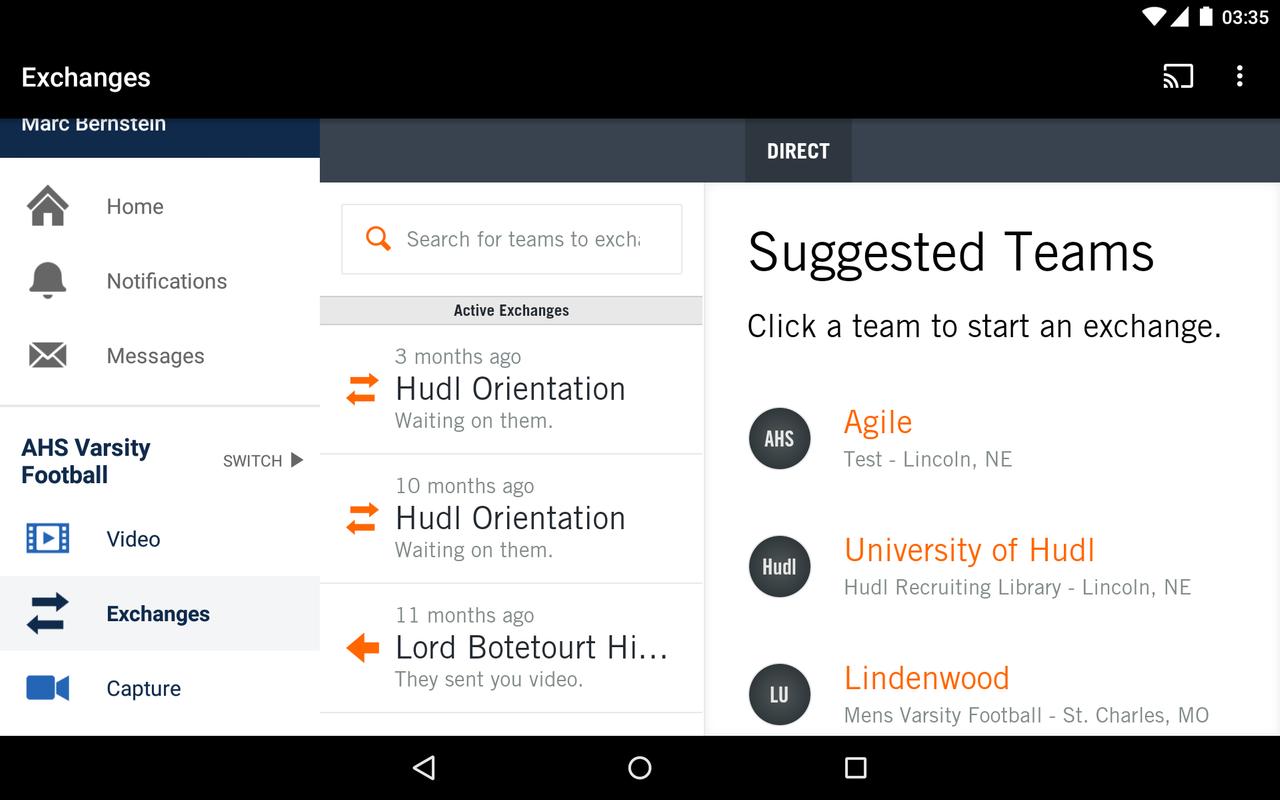

Content may be either both user-generated, amateur clips or commercial products. In the 2010s, with the increasing prevalence of technology and the Internet in everyday life, video hosting services serve as a portal to different forms of entertainment (comedy, shows, games, or music), news, documentaries and educational videos. There are many OVPs available on the Internet. Each is a proprietary protocol in its own right and due to this fragmentation, there have been efforts to create one standardized protocol known as MPEG-DASH. Flash is still in use but is declining due to the popularity of HLS and Smooth Stream in mobile devices and desktops, respectively. The main protocols for adaptive HTTP streaming include Smooth Streaming (by Microsoft), HTTP Live Streaming (HLS) (by Apple) and Flash Video (by Adobe). This can be switched dynamically and near-seamlessly at any time during the video viewing. With HTTP streaming, the de facto standard is to use adaptive streaming where multiple files of a video are created at different bit rates, but only one of these is sent to the end-user during playback, depending on available bandwidth or device CPU constraints. The vast majority of OVPs use industry-standard HTTP streaming or HTTP progressive download protocols. These include cloud transcoders, recommendation engines, search engines, metadata libraries and analytics providers. OVPs often cooperate with specialized third-party service providers, using what they call an application programming interface (API). However, this can require complex development and maintenance costs and diverts attention to 'building' as opposed to distributing/curating content.

It is feasible, but rare, for large broadcasters to develop their own proprietary OVP. The latter would be where platform as a service, is provided as an additional cost. Videos may be transcoded from their original source format or resolution to a mezzanine format (suitable for management and mass-delivery), either on-site or using cloud computing. Some workflows require encryption of content with DRM and this increases the cost of using the service. Revenue is derived from monthly subscriptions based on the number of users it is licensed to and the complexity of the workflow. In general, the graphical user interface accessed by users of the OVP is sold as a service. The latter example is predominantly found in FTA (Free-To-Air) or pay-TV broadcasters who seek to provide an over-the-top media service (OTT) that extends the availability of their content on desktops or multiple mobility devices. OVP product models vary in scale and feature-set, ranging from ready-made web sites that individuals can use, to white label models that can be customized by enterprise clients or media/content aggregators and integrated with their traditional broadcast workflows. OVPs are related to the over-the-top content video industry, although there are many OVP providers that are also present in broadcast markets, serving video on demand set-top boxes. Video heat maps show how user engagement rate changes through the viewing process in order to measure audience interaction and to create compelling video content. Modern online video platforms are often coupled up with embedded online video analytics providing video publishers with detailed insights into video performance: the total number of video views, impressions, and unique views video watch time, stats on user location, visits, and behavior on the site. OVPs also include providing a custom video player or a third-party video player that can be embedded in a website. This is usually manifested as a User Interface with log-in credentials. The OVP comes with an end-to-end tool set to upload, encode, manage, playback, style, deliver, distribute, download, publish and measure quality of service or audience engagement quality of experience of online video content for both video on demand and live delivery.
How to download videos from hudl app software#
Online video platforms can use a software as a service (SaaS) business model, a do it yourself (DIY) model or user-generated content (UGC) model. It is now commonly achieved through a web browser, and can be done by users with no programming experience.



 0 kommentar(er)
0 kommentar(er)
